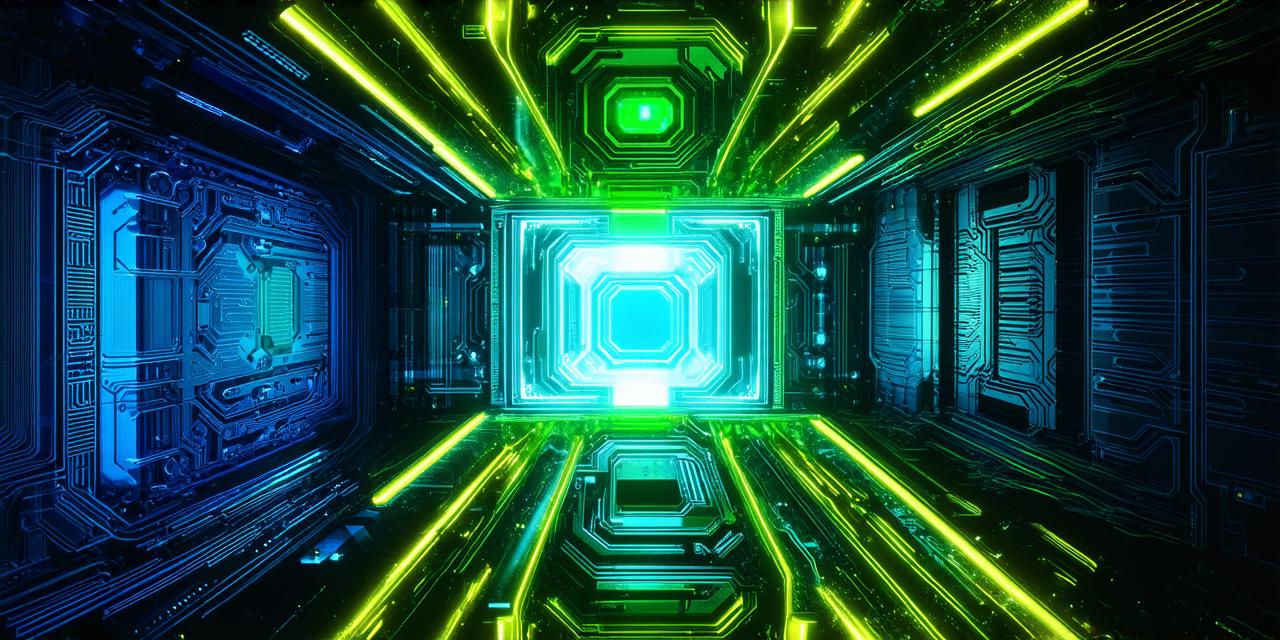Virtual reality (VR) is a rapidly growing field that offers immersive experiences to users. It involves creating computer-generated environments that can be explored using specialized headsets or other devices. VR development requires a combination of technical and creative skills, including programming, design, and user experience (UX). In this article, we will provide an overview of the virtual reality development process.
Hardware Requirements
Before diving into the development process, it’s important to understand the hardware requirements for creating VR experiences. The most common hardware used in VR development is the Oculus Rift, HTC Vive, and PlayStation VR. These devices require a powerful computer with at least 8GB of RAM and an NVIDIA GTX graphics card. Additionally, developers need specialized software tools such as Unity or Unreal Engine to create VR experiences.
Development Process
The development process for virtual reality involves several stages, including conceptualization, prototyping, design, programming, testing, and deployment.
Conceptualization
The first stage in VR development is conceptualization, where the project team comes up with an idea for a virtual environment or experience. This includes brainstorming sessions to define the goals of the project, target audience, and key features.
Prototyping
Once the concept is established, the development team moves on to prototyping. This involves creating a rough version of the VR experience to test out the idea and get feedback from users. Prototyping can be done using simple 3D models or more complex virtual environments created using specialized software tools.
Design
The design stage is critical in VR development as it involves creating a compelling and immersive environment that users will want to explore. This includes designing the layout of the virtual world, choosing colors and textures, and creating interactive elements such as buttons and levers.
Programming
Once the design is complete, the development team moves on to programming. This involves writing code to create the logic behind the VR experience, including user interactions, physics simulations, and AI behaviors. Programming can be done using specialized software tools such as Unity or Unreal Engine.
Testing
After the VR experience is programmed, it’s important to test it thoroughly to ensure that it works as intended and provides a good user experience. This includes testing for bugs, performance issues, and usability problems.
Deployment
Once the VR experience has been tested and refined, it’s ready for deployment. This involves uploading the code to the virtual reality platform of choice and making it available to users.
Summary
Virtual reality development is a complex process that requires a combination of technical and creative skills. It involves conceptualization, prototyping, design, programming, testing, and deployment. By understanding the hardware requirements and following these stages, developers can create immersive VR experiences that provide an engaging and memorable user experience.
